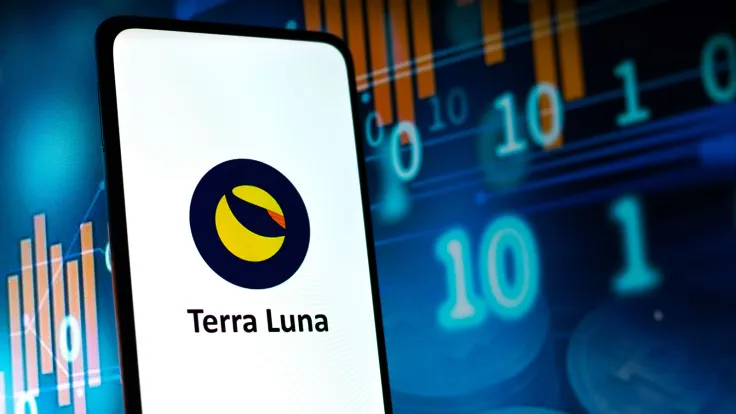
Disclaimer: The opinions expressed by our writers are their own and do not represent the views of U.Today. The financial and market information provided on U.Today is intended for informational purposes only. U.Today is not liable for any financial losses incurred while trading cryptocurrencies. Conduct your own research by contacting financial experts before making any investment decisions. We believe that all content is accurate as of the date of publication, but certain offers mentioned may no longer be available.
Certainly, one of the collapses that contributed to the crashing cryptocurrency market was the Terra ecosystem. The former LUNA and UST tokens — currently known as LUNC and USTC — experienced a sharp fall in May 2022 when Terraform Labs’ algorithmic stablecoin lost its peg with the U.S. dollar.
Several investors at a loss was not Terra’s only legacy in the crypto ecosystem. As a result of the collapse, in addition to creating a new token and turning the old one into Terra Classic, the big crash brought trillions of altcoin units to the market.
To maintain the USTC peg, more and more LUNC tokens were created, causing the price of the altcoin to go from $68 on May 7 to just $0.0001 on the 13th of the same month.
Additionally, on April 7, 2022, Terra Classic had 346 million tokens in circulation, hitting its all-time low supply. However, with the May crash, the altcoin's total circulating tokens reached 6.9 trillion.
A falling price and extremely high supply have seen LUNC join the discredited token family. However, the desire for wealth and investors who keep betting on cheap tokens in hopes of getting rich makes people still believe in an altcoin’s recovery.
In a market that highlights assets like Shiba Inu, is it possible that LUNC will skyrocket again and make investors rich? To offer a positive answer to this question, some people favor token burning.
But can LUNC burns really make cryptocurrency skyrocket?
Token burns consist of definitively removing a digital asset from circulation and reducing its supply. The main objective of burning tokens is scarcity, which can generate asset appreciation.
If the demand for an asset increases, the burn can be extra force for the growth of the token's price. However, what the most demanding market shows is that this alone is not a differential for a larger capitalization.
For example, BNB, Binance's token, in its early years, managed to make the altcoin price grow shortly after the exchange's announcement of a burn. However, over time, even as demand for the altcoin increased, these burns began to put less pressure on the BNB price.
The popular altcoin meme, Shiba Inu, has the same trajectory. Burns happen, but the token price remains far from its all-time high.
In early October, $1.8 billion worth of LUNC tokens were burned by Binance, but that was not enough reason to send the crypto soaring. Aside from being the cryptocurrency that destroyed market confidence by losing 99% of its capitalization, the token has no real use case.
For LUNC burns to influence the cryptocurrency's price, at least 99% of its market capitalization should be burned.
In fact, it is something that could take years and still not happen, considering that LUNC trades are low and that few transactions are carried out on-chain for tokens to be burned through altcoin transfers.
Of course, the new wealth factor in a favorable market, which is always the case, should not be ignored. The arrival of a cheap new token could contribute to Terra Classic continuing its position away from the spotlight and the burns remaining unimportant for the altcoin’s price.
 Dan Burgin
Dan Burgin Alex Dovbnya
Alex Dovbnya Denys Serhiichuk
Denys Serhiichuk